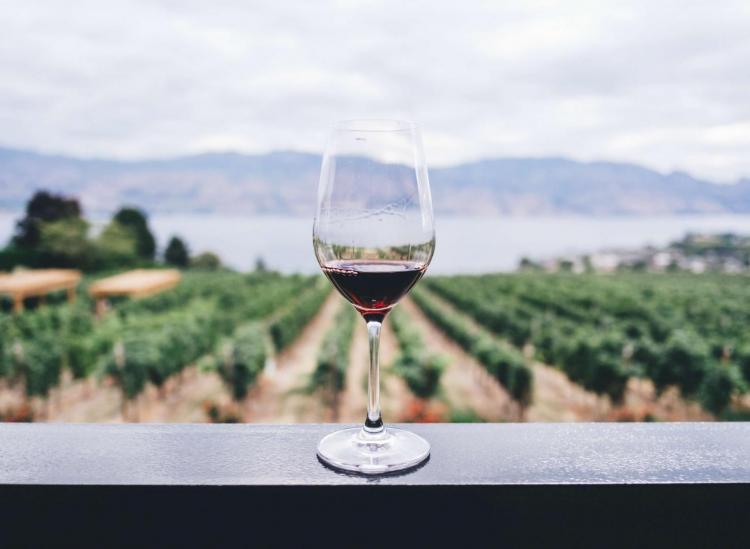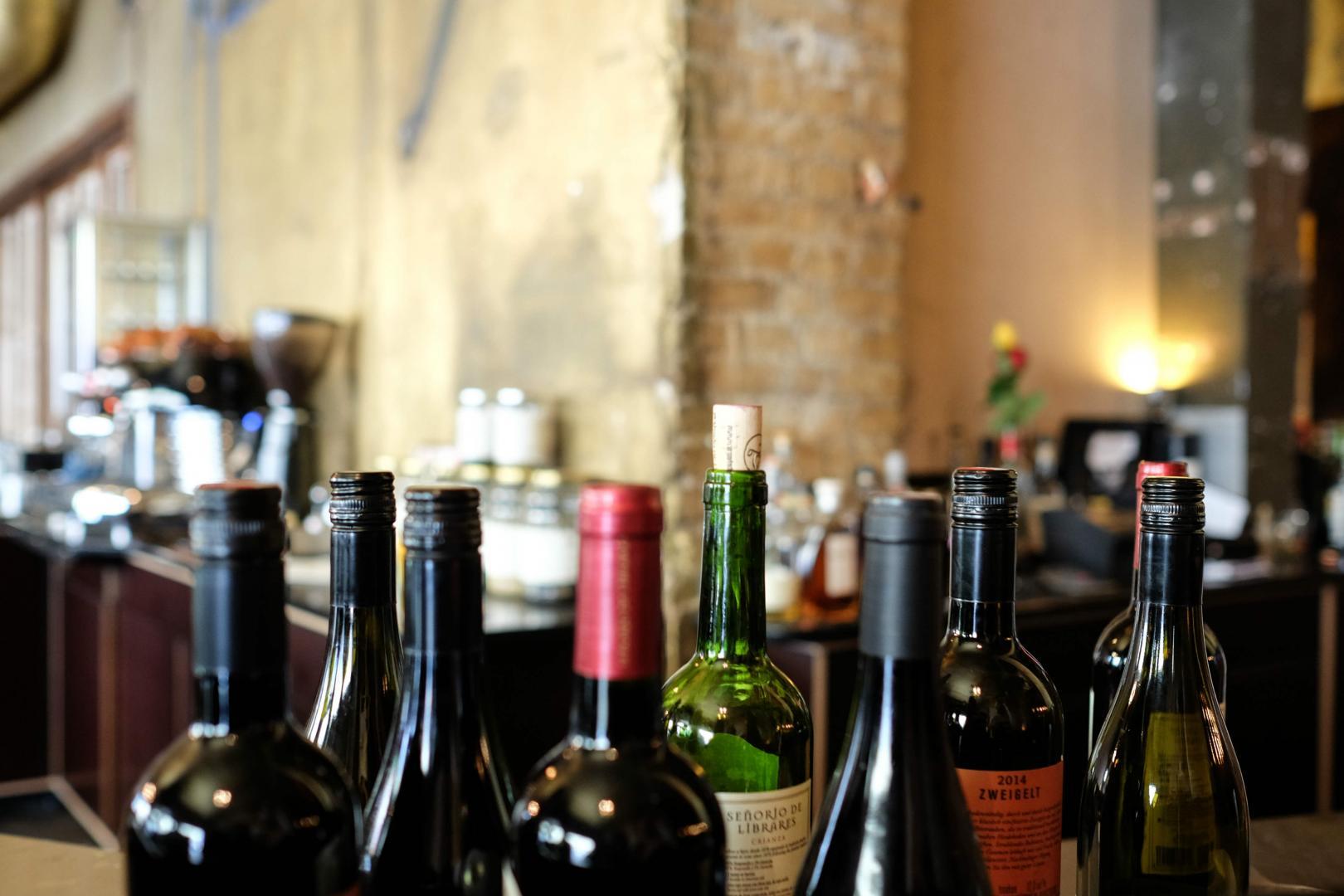This Is How Cheap You Should Go When You’re Buying Wine

Unsplash
When you ask someone to bring a “nice” bottle of wine to a party, that word can have a totally different meaning depending on who you ask. For some “nice” means inexpensive while for others, it might have to do with the richness of the wine. A lot of millennials value affordability over quality. If a good bottle is below double digits in price, it’s like striking gold. If you spend under $10 and the wine tastes decent, then it’s no harm no foul. If you buy a wine that’s more than $20 and it doesn’t “wow” you, then chances are you’re going to be disappointed. Your best bet is to aim for somewhere in the middle.
It’s one thing if there’s a particular brand you’re seeking out. It’s ok to treat yourself. If you don’t have a particular brand in mind then there’s really no reason you should empty your wallet for a fancy bottle. Business Insider reports, “you probably shouldn’t be shelling out more than $25.” Devon Broglie, a master sommelier and Whole Foods wine buyer, tells Business Insider, “there’s a value curve that is at its peak between $15 and $25 a bottle.”
It can be tough to find high-quality wines under $15, so if quality is your main concern, aim for above the $15 mark. If affordability is your main concern, keep in mind that the cheaper bulk wines (you know the brands that are available just about everywhere) usually have more sugar and extra additives. Extra variables and sugars could make you more prone to a hangover than higher quality wines where the grapes do all of the talking.

Pexels
When you’re comparing your basic cheap wine (in the $10 range) to a wine in the $25-and-up range, there are a couple of key factors to take into consideration. Cheaper wines are made in larger batches with minimal aging time, they’re harvested using a machine and they’re made with average grapes. You usually won’t see a specific wine region listed on the label.
When it comes to wines upwards of $25, you’ll find that they’re made in smaller batches with an extended aging period, harvested by hand and made with premium grapes. There will usually be a specific region listed, like Napa Valley, on the label of nicer wines.

Pexels
The cost for wine ultimately comes down to the quality of the grape. Cheaper wines are often tampered with during the winemaking process to ensure a certain level of consistency across the board. Higher quality grapes produce a certain richness in taste that lower quality grapes cannot. To combat crappy grapes, companies add more residual sugar to cheap wine so that you won’t notice the difference. This is why cheap bulk wine often tastes just as good as expensive wine in our minds. Extra sugar is being confused for richness.
It’s safe to say you deserve more than the “two buck chucks” of the world, but you also don’t have to go overboard. Hover in the $10 to $20 range and you’ll be just fine.











